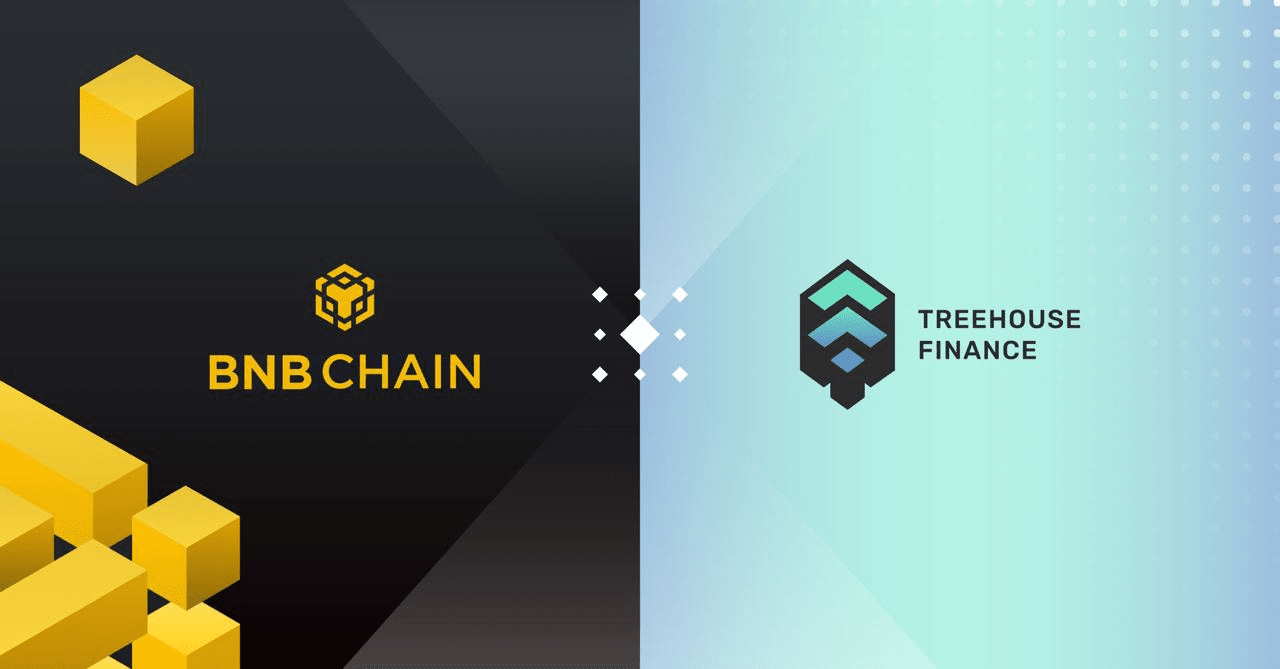
The pricing power of interest rates in traditional financial markets has long been monopolized by central banks and commercial banks, while the Treehouse protocol attempts to reconstruct this system using blockchain technology. Its core innovations—tAssets and Decentralized Offering Rate (DOR)—can they truly bring about a fairer and more efficient fixed income market?
tAssets: From staking certificates to yield aggregators
After users deposit ETH or liquid staking tokens (LST), they receive the corresponding tETH. This process seems simple, but it actually hides complexities. tETH is not an ordinary deposit receipt; it is a universal 'currency' within the Treehouse ecosystem that can be freely allocated across different strategies.
Unlike traditional financial fixed deposits, the yield of tETH is not set by a single institution but is dynamically adjusted through DOR. This means that users no longer passively accept the fixed rates offered by banks but directly participate in the formation of market rates. Is this model better than the interest rate pricing of traditional finance? So far, at least it has advantages in transparency and composability.
DOR: How does the decentralized rate challenge traditional pricing power?
DOR (Decentralized Offering Rate) is one of Treehouse's core innovations. It aggregates market data in real-time through smart contracts to dynamically generate interest rates, rather than relying on quotes from a few institutions. In traditional financial markets, Libor (London Interbank Offered Rate) lost credibility due to manipulation scandals, while the on-chain transparency of DOR may help avoid similar issues.
But can DOR really completely replace traditional interest rates? Currently, it still faces challenges of liquidity depth and market maturity. Treehouse's solution is to make tAssets the liquidity foundation of the rate market, making DOR's pricing more representative of the market. If this mechanism can continuously attract capital inflow, it may form a truly decentralized benchmark interest rate in the future.
Treehouse's ambition: the on-chain migration of the fixed income market
Treehouse is not the first protocol to attempt on-chain fixed income, but its uniqueness lies in decoupling the rights to income from liquidity. Users holding tETH can choose to lock in income for the long term or trade on the secondary market at any time. This flexibility is hard to achieve in traditional financial markets—bank deposits cannot be freely transferred, while the liquidity in the bond market heavily relies on market makers.
Currently, Treehouse is still in its early stages, and its long-term competitiveness depends on two key factors:
1. Market Acceptance of DOR**: Can it become a widely recognized on-chain benchmark interest rate?
2. Liquidity Depth of tAssets**: Can it support large-scale fixed income demand?
If these two issues are resolved, Treehouse may truly break the monopoly of interest rates in traditional finance and usher the fixed income market into a genuinely decentralized era.
This experiment has just begun, but its direction is worth paying attention to—after all, every major change in the financial market begins with questioning the old system.

